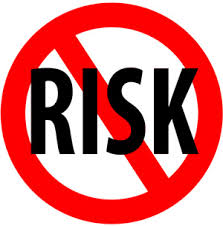
From the FT:
Efforts by central banks to spur economic recovery by providing guidance on what will happen to interest rates could endanger the global financial system, economists at the Bank for International Settlements have warned.
Investors are being encouraged to load up on risk because they believe forward guidance will warn them well in advance about any rise in interest rates, according to research published by the Basel-based institution known as the central bankers’ bank.
The strategy could also result in rates remaining too low for too long because central banks fear the reaction of markets to any rate rise, fuelling even riskier behaviour.
The guidance, which all four of the leading central banks have undertaken, could raise the threat of “an unhealthy accumulation of financial imbalances”, economists Andrew Filardo, who heads the BIS monetary policy unit, and Boris Hofmann argue. It could also cause panic if investors believe the guidance had changed unexpectedly.
Makes sense to me. Forward guidance is by design the total opposite of incorporating risk. It is monetary moral hazard write large.
The RBA has recently tried its hand at a little informal forward guidance with language of “a period of stability in interest rates”. I’m not altogether sure what it hoped to achieve with it. It stabilised the currency against the bank’s wishes, no doubt reassured property speculators that they were safe to leverage up against the bank’s verbal warnings, but probably reassured consumers that they could go and spend some. A mixed bag of results at best.

